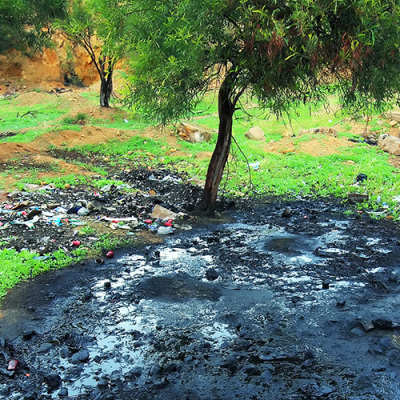PaDEP Hazardous Spill Immediate Response Draft Policy
 Coordination of spill responses under the Land Recycling Program (Act 2) for all PaDEP programs is under review. Be sure to have your remediation endgame in mind when calling in a release of hazardous substances.
Coordination of spill responses under the Land Recycling Program (Act 2) for all PaDEP programs is under review. Be sure to have your remediation endgame in mind when calling in a release of hazardous substances. The Pennsylvania Department of Environmental Protection has released for public comment a draft policy that is designed to help facilitate a consistent approach for spill reporting amongst all PaDEP programs. According to the draft, the remediator reporting a release of hazardous substances should have the final remediation endpoints in mind. The purpose of the policy is to facilitate the consistent investigation of and response to spills and to coordinate immediate response needs with final remediation strategies.
Regardless of what State program a release of hazardous substances falls under, for example Clean Streams Law, Solid Waste Management Act, or Hazardous Sites Cleanup Act, the final remediation standards used to address groundwater and soil contamination must comply with the Land Recycling Act (Act 2). This draft policy is beneficial to many sites being managed under alternate programs – often under standards, such as drinking water standards, which are unnecessarily more stringent than Act 2.
Reporting releases of hazardous substances are very similar to how they are conducted now, but the Department is encouraging case managers in the various departments to ensure remediators have the end point in mind in regards to remediation under the Land Recycling Act. The policy points out that final remediation end points for localized spills are streamlined through the Land Recycling Act. Normally, a remediator is required to submit a notice of intent to remediate (NIR) to the Department, the local municipality and newspaper public notice; however, under Act 2 a remediator is not required to submit these notices if they are able to demonstrate attainment of the Statewide Health Standard or Background Standard within 90 days of the release. Often small spills of regulated substances can be promptly excavated to remove the contaminated soil. Biased sampling or systematic random sampling in the remediated area can be conducted to demonstrate that the area has been cleaned up to the appropriate standard.
The draft policy is open to public comment until November 4, 2014. To learn more about the new draft policy you can find it here .
Element’s staff has guided projects through the Land Recycling program since its inception in 1995. Element is able to efficiently navigate the applicable regulations to ensure your project is remediated in a timely and cost-effective manner. If you have any questions, please contact us.